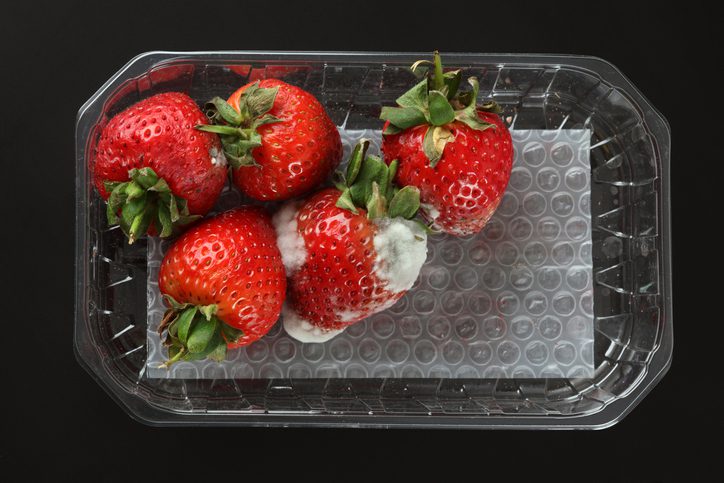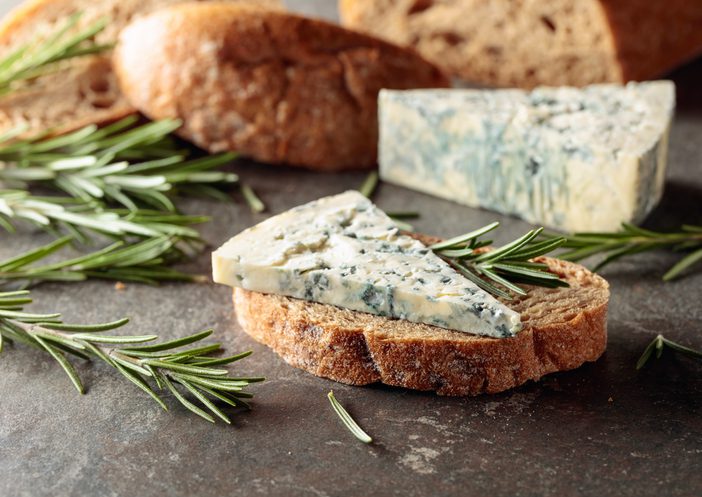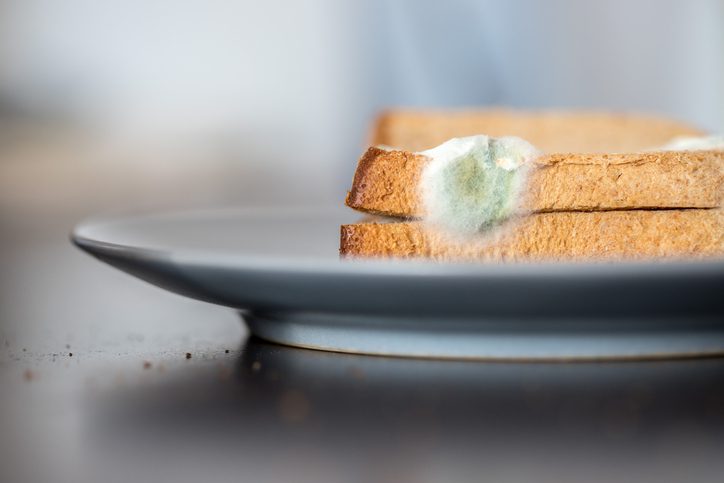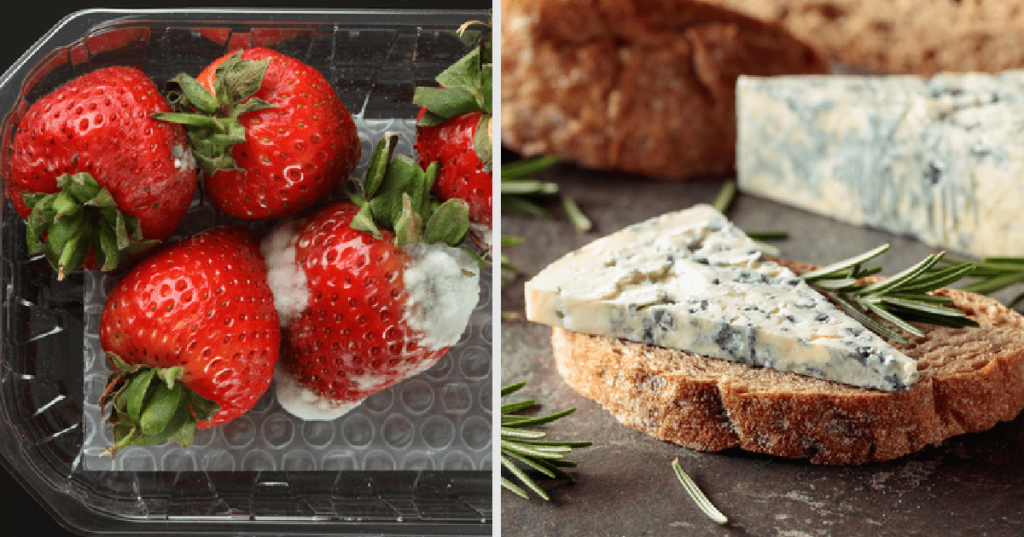Trending Now
There are two kinds of people in this world – people who throw out food when the date has passed or it has visible degeneration on it, and people who rely on the sniff test or cut the “bad part” out and eat it instead.
If you’re in the first category you can probably stop reading right now (if you clicked on this article at all). If you’re in the second, though, here’s how you can tell when it really is best to just toss the whole container instead of trying to salvage the “good” parts.

Image Credit: iStock
Food researcher Adam Ragusea and physician Dr. Megan Biango-Daniels combined their recommendations as far as which types of mold are safe and which you should definitely avoid at all costs.
They also delved into the structure of mold, how it’s transmitted, the difference between hard and soft food mold, and how ingesting their mycotoxins can lead to ongoing health problems.
“Eating a lot of mold all at once could make you really, really sick. In contrast, eating just a little bit of mold probably wouldn’t do very much to you at first, unless you’re allergic. But eating small amounts of mold repeatedly over many years, scientists think could cause serious health problems, from cancer to kidney and liver disease.”
That said, Ragusea thinks we may be over-cautious regarding things like mold and cheese.

Image Credit: iStock
“Because blue cheese, the mold that you have on brie, all of those molds have been very kind of intentionally cultivated by humans. And there’s almost now a very clear number of strains, which are used over and over for cheese producing, different varieties of cheese specifically. And we know a lot about how they’re different from their very close wild relatives.”
Basically, there are some molds that probably aren’t going to hurt you at all while others are way too toxic to mess with, even in small amounts.
The bottom line is that you should do your best to avoid molds, but try not to panic if your cheese or strawberries have a few bits here and there.
“Life is risk. Life is making choices. But one way that you can minimize your risk when it comes to food mold is to keep your susceptible foods wrapped up really, really tightly. The spores are floating around in the air, and then once they land in your food, the mold needs air to grow…But as long as there are nutrients to be had, and as long as the food isn’t too acidic or whatever, mold will happen, eventually.”

Image Credit: iStock
Do you toss food at the slightest hint of spoiling or do you hang onto it for as long as it takes to get your money’s worth?
Let us know in the comments how you handle a bit of mold at your house!






